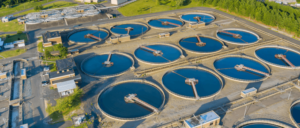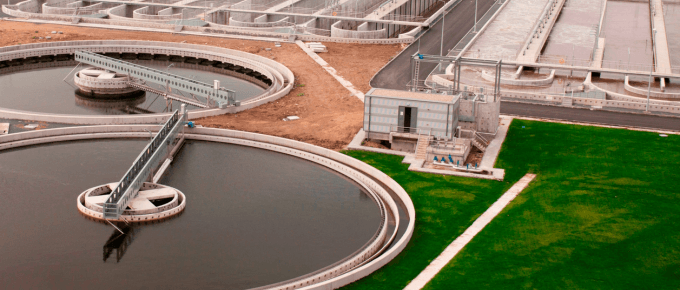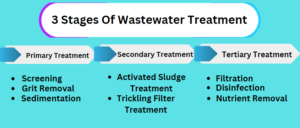Have you ever wondered what happens to the water you use every day after it goes down the drain? You might be perplexed by its response: wastewater treatment facilities, which often go unnoticed, lead it on an astonishing move of change.
These hidden gems, which are frequently hidden behind industrial zones, are critical to protecting both public health and the environment. Wastewater is a mixture of contaminants and pollutants that they turn into clean, usable water.
Come along for the ride as we explore the field of wastewater treatment and unveil the three distinct processes that make this procedure so remarkable. You’ll discover how unclean water is converted into gleaming streams using a combination of excellent filtration, biological magic, and physical processes.
The procedure which, although frequently overlooked, keeps our water supply safe and clean, as well as life as we know it, will become clear to you as you follow. Prepare to be intrigued by the science of wastewater treatment and the incredible transformations it delivers.

What Are The 3 Stages Of Wastewater Treatment?
The complicated process of treating wastewater consists of three basic stages:
- Primary,
- Secondary,
- and tertiary;
Every step is essential to the process of eliminating various contaminants from wastewater. Stage 1: Primary Treatment – The First Step to Clean Water
Stage 1: Primary Treatment – The First Step to Clean Water
The initial stage of treating wastewater is called primary treatment. Screening, grit removal, sedimentation, and other physical techniques are used to remove grease and big solids from wastewater.
- Screening: To get rid of big items like plastic bags, rags, and sticks, wastewater is sent through a number of screens.
- Grit Removal: To prevent damage to pumps and other equipment, grit, sand, and other heavy particles are taken out of wastewater.
- Sedimentation: Grease and oil and other lighter solids float to the top of the big tanks where wastewater settles, sinking heavier solids to the bottom. Grease and oil are skimmed from the surface, and the settled solids are removed as sludge.
Up to 60% of the suspended particles and 30% of the biochemical oxygen demand (BOD) in wastewater can be eliminated during first treatment.
Stage 2: Secondary Treatment – The Power of Biology
The real magic happens in secondary treatment. During this phase, organic matter in wastewater is broken down by microorganisms like bacteria and protozoa. After consuming the organic substance, these microscopic organisms produce water and carbon dioxide, which are safe byproducts.
There are two main types of secondary treatment: activated sludge and trickling filters.
- Activated Sludge Treatment: To promote the growth of microorganisms, wastewater is combined with a lot of oxygen. After being extracted from the treated water, the microbes are recycled back to the start of the procedure.
- Trickling Filter Treatment: wastewater is sprayed over a surface made of rocks or other materials, allowing microorganisms to grow and form a biofilm. As the wastewater passes through the filter, the organic stuff is broken down by the biofilm.
Secondary treatment can remove up to 90% of the BOD from wastewater.
Stage 3: Tertiary Treatment – Polishing the Water to Sparkling Standards
The last stage of treating wastewater is called tertiary treatment. It purges the water of any last contaminants and polishes it to meet strict water quality requirements. Numerous techniques, including nutrient removal, disinfection, and filtration, can be used in tertiary treatment.
- Filtration: To get rid of any leftover suspended particulates, wastewater is run through filters like sand or activated carbon filters.
- Disinfection: For the removal of any dangerous bacteria, wastewater is disinfected using chemicals like chlorine or UV light.
- Nutrient Removal: In order to prevent algal blooms and eutrophication in receiving waters, nutrients like nitrogen and phosphorus are taken out of wastewater.
The process of tertiary treatment guarantees that wastewater that has been treated is safe to release back into the environment or to be used again for commercial, industrial, or even potable water supply.
Sum-up
The process of treating wastewater is fascinating and vital, and it is vital to maintaining public health and the environment. We can better appreciate the intricate path that water travels from our homes and places of business to our rivers, lakes, and even our drinking glasses if we are aware of the three phases of wastewater treatment.


Leave a Reply